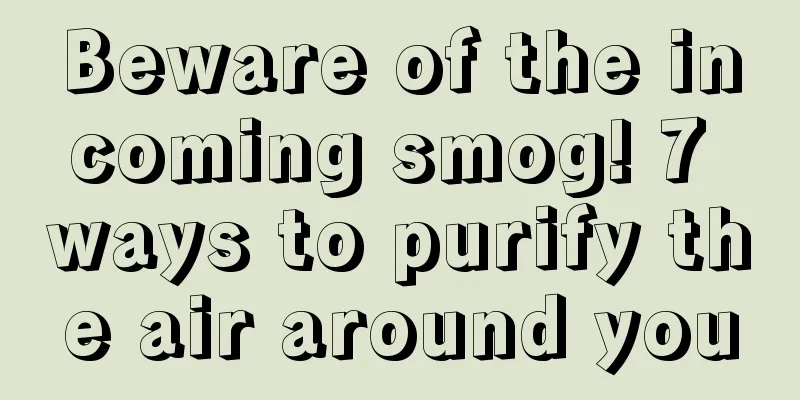Tips for removing nasal sounds in singing

|
Many patients have a strong nasal sound when they speak because of rhinitis. People with poor hearing cannot hear what the patients say. These people also have a strong nasal sound when they sing. When the singing is released through the microphone, it will make people feel a buzzing feeling, which is particularly harsh. So the following editor will introduce some tips for removing the nasal sound when singing. How to eliminate nasal sounds when singing There are two kinds of obstacles in the nasal problem. One is hypernasality, which means too much nasal resonance, which is similar to a mumbling or distressed voice that seems to come from the nose. In a small number of cases, the opposite situation exists, that is, the nasal function is low, that is, the nasal resonance is insufficient. (I) Training steps for hypernasal function 1. Lower the pitch by one note. If the pitch of speech is too high, lowering the pitch to a more natural level can often allow the vocal tract to function more effectively. 2. Reduce the loudness of your voice. A soft voice usually doesn't sound very nasal and doesn't irritate the listener. 3. Under normal circumstances, when pronouncing non-nasal sounds, nasal resonance should not occur regardless of whether you pinch your nose or not. That is, it should be an oral resonance sound without any nasal resonance components. Practice oral resonance by pronouncing the following word sounds. (1) Read aloud. The above vocabulary, while lengthening the vowels in each word. (2) Pinch your nose and recite again, while recording the text. If there is a phenomenon of hypernasal function, you will find that there is a clear difference in the effect of reading aloud before and after pinching the nose. (3) If there is no obvious change in the tone of the voice when pinching the nose, this indicates that there is no nasalization phenomenon. This is great to consolidate this training. (4) If your voice changes noticeably or stops abruptly when you pinch your nose, this means your nasal tone is too strong and you should move on to the next step of training. 4. Be aware of soft palate movements. (1) Yawn with your mouth open and breathe through your nose. Look at the back of the mouth through a mirror and observe the shape and movement of the uvula. (2) Prolong the "---H--" sound. At the same time, it can be observed that the soft palate and uvula are drooping and rising when pronouncing. When you get to "H--", you will see the soft palate and uvula drop, opening up the oral and nasal passages. (3) Try to prolong the sound "A---ANG" (using a singing rhythm), and notice the downward movement of the soft palate and uvula. The sound can resonate through the nasal cavity. |
<<: Can I apply a facial mask during my period?
>>: Why can't you sleep with your head facing south
Recommend
What are the symptoms of small intestine cancer spreading
Small intestinal cancer is one of the malignant t...
Where should I scrape for insomnia
Insomnia is a rather troublesome thing and is als...
Can lotus seeds be put in the refrigerator?
Fresh lotus seeds can be eaten directly, but it i...
Will pancreatic tumor recur after removal?
Pancreatic tumor is the most common tumor among m...
The difference between bile duct cancer and liver cancer
The difference between bile duct cancer and liver...
How long is the shelf life of bamboo wine
We all know that the longer wine is stored, the m...
Does prostate cancer affect pregnancy? Why does prostate cancer affect pregnancy?
Prostate cancer is a common male disease. The occ...
Which three vitamins should I take for hair loss?
Vitamin C deficiency Collagen binds body tissues ...
What is Cushing's syndrome
Cushing's syndrome Cushing's syndrome cau...
Can early esophageal cancer be cured?
Can early esophageal cancer be cured? For esophag...
Why do people get bone cancer
Bone cancer, including primary bone cancer, mainl...
How to treat advanced lymphoma
The purpose of advanced lymphoma treatment is to ...
What causes oily forehead and how to relieve it
During the Spring Equinox, many people start to h...
The most prominent symptom of chronic bronchitis is
When suffering from respiratory diseases, you nee...
Is it useful to take Chinese medicine for renal hamartoma? Can it be cured?
Taking Chinese medicine for renal hamartoma may h...









